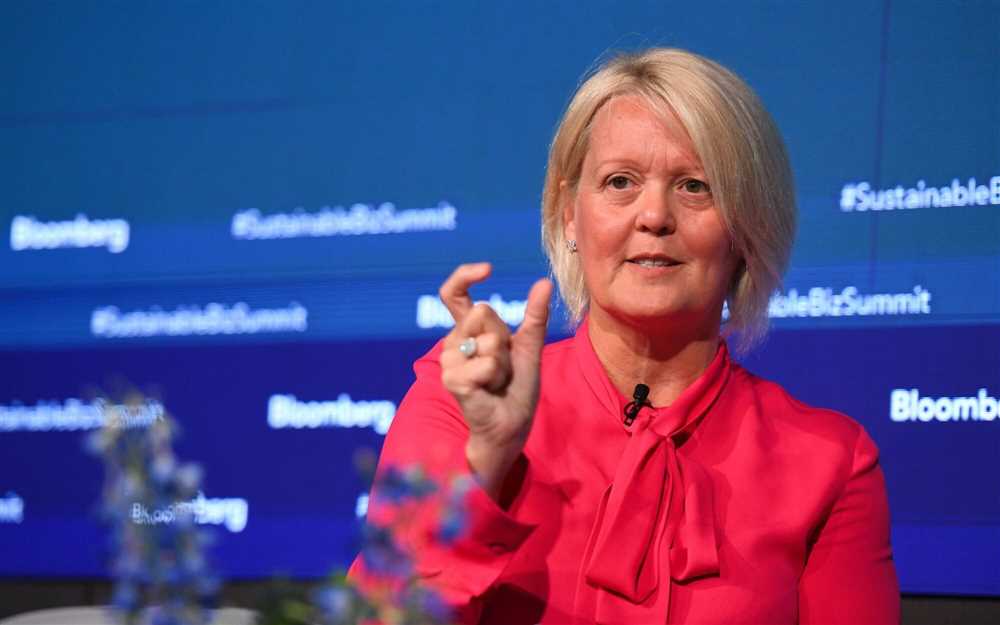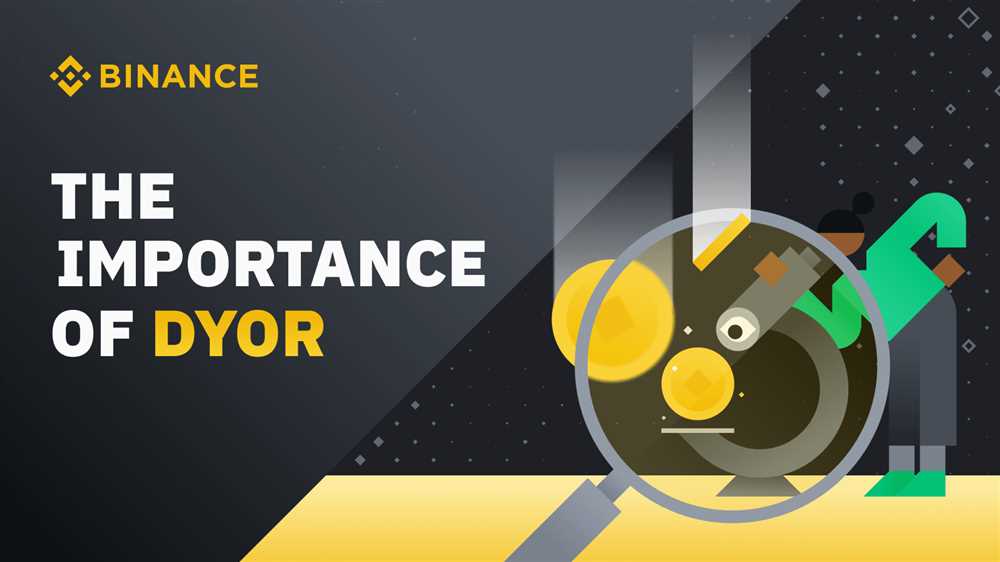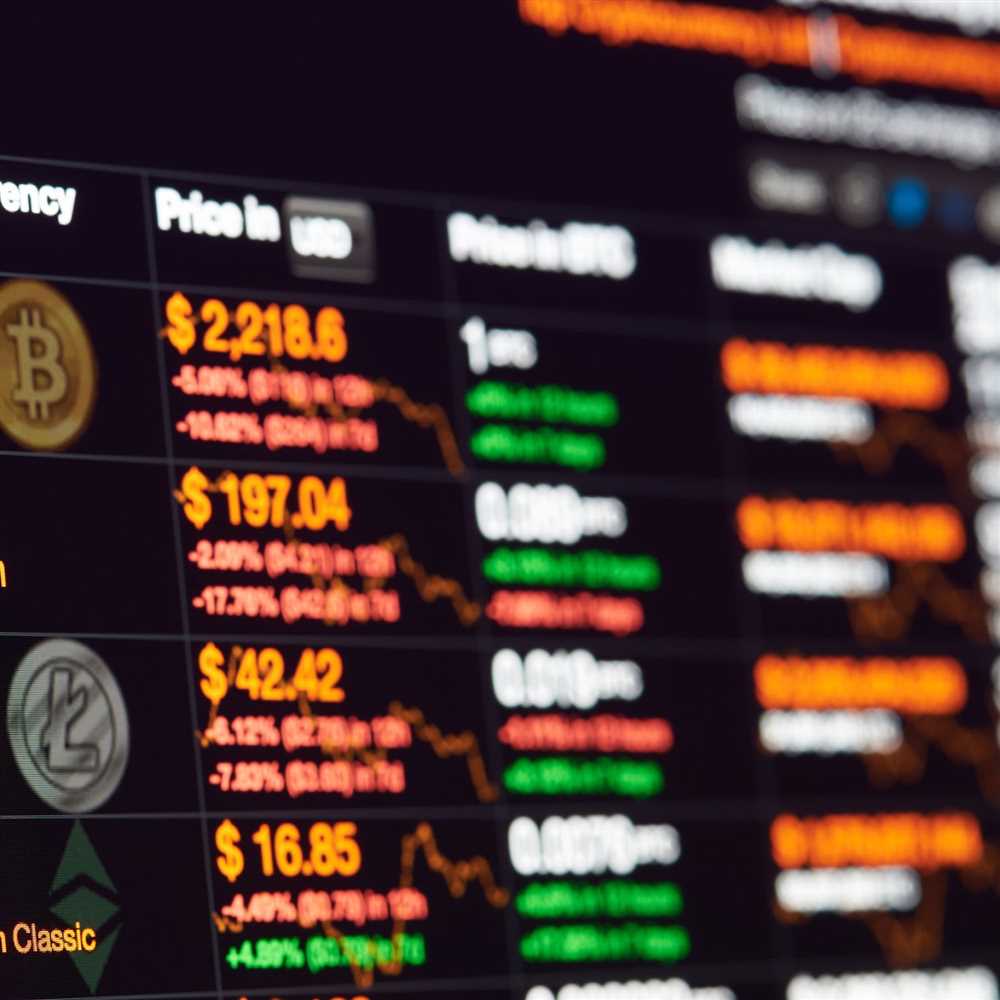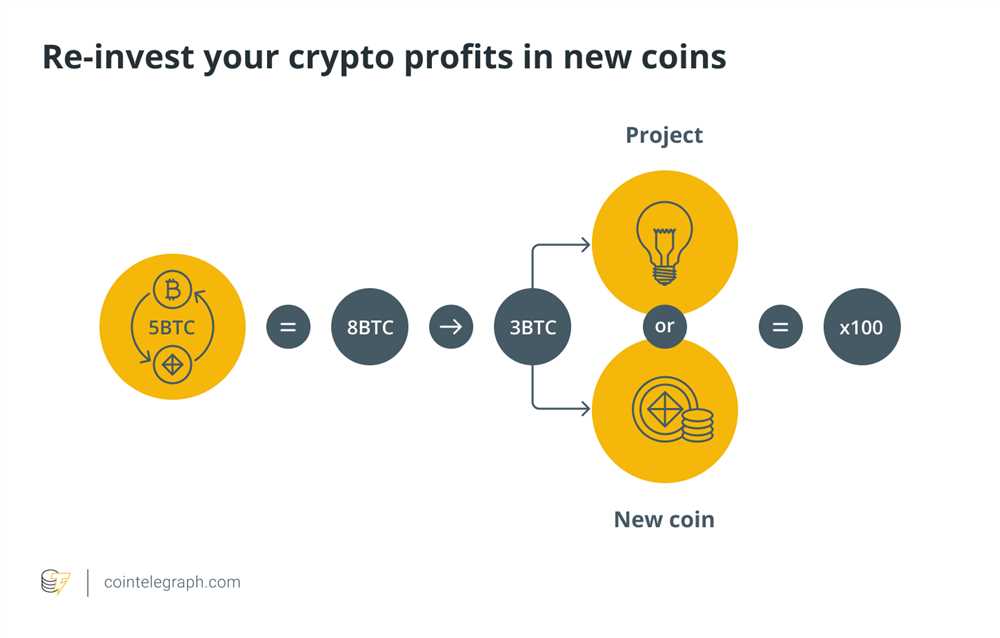
DeBank layer2 is a revolutionary technology that aims to revolutionize the world of transactions. With its innovative approach, DeBank layer2 allows for faster, more efficient, and secure transactions, making it an ideal solution for businesses and individuals alike.
By leveraging layer2 technologies, DeBank layer2 is able to significantly increase the scalability of the Ethereum network, enabling it to handle a much higher volume of transactions per second. This is achieved by moving a large portion of the transaction processing off the main Ethereum chain and onto sidechains or off-chain networks.
DeBank layer2 also addresses the issue of high transaction fees that have become a major pain point for users of blockchain networks. By reducing the amount of data that needs to be processed on the main chain, DeBank layer2 is able to significantly lower transaction fees, making it a more cost-effective solution for users.
Furthermore, DeBank layer2 enhances the security of transactions by introducing additional layers of encryption and authentication. This helps to protect user funds from potential attacks and ensures that transactions are conducted in a secure and tamper-proof manner.
In conclusion, DeBank layer2 is poised to revolutionize the world of transactions by providing faster, more efficient, and secure solutions. With its scalability, cost-effectiveness, and enhanced security features, DeBank layer2 is well-positioned to become the go-to solution for businesses and individuals looking to optimize their transaction processes.
What is DeBank Layer2?

DeBank Layer2 is a scaling solution for blockchain technology that aims to enable faster and more efficient transactions. It is built on top of existing blockchain networks to provide a second layer of processing and verification.
Layer2 technology is designed to address the scalability limitations of the underlying blockchain networks. It works by moving the majority of transaction processing off-chain, freeing up the main blockchain for more critical operations.
DeBank Layer2 utilizes state channels and sidechains to achieve its goals. State channels allow users to conduct transactions directly with each other, without the need for every transaction to be recorded on the main blockchain. Sidechains are separate chains that are linked to the main blockchain and can process transactions in parallel.
This approach significantly reduces the transaction fees and processing times associated with blockchain transactions. By offloading most of the transaction processing to Layer2, DeBank Layer2 can handle a much larger volume of transactions, leading to scalability improvements.
Furthermore, DeBank Layer2 provides enhanced security and privacy features. Sensitive data can be encrypted and stored off-chain, reducing the risk of it being exposed to potential attacks.
Overall, DeBank Layer2 plays a crucial role in enabling faster and more efficient transactions on the blockchain. It addresses key challenges related to scalability, transaction fees, and security, making blockchain technology a more viable option for a wide range of applications.
Understanding the concept and purpose
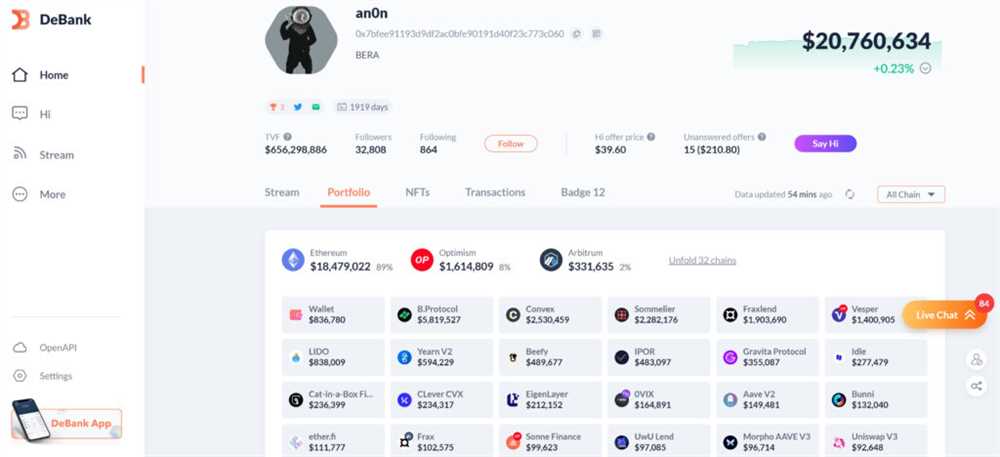
The concept of DeBank layer2 revolves around enhancing the speed and efficiency of transactions in the blockchain ecosystem. Layer2 refers to a second layer built on top of the main blockchain, which aims to address the scalability issues and limitations of the underlying protocol.
The purpose of DeBank layer2 is to enable faster and more efficient transactions by offloading the majority of the transaction processing to this second layer. By doing so, the main blockchain is relieved of the burden of processing every single transaction, leading to increased transaction speed and reduced fees.
In addition to improving transaction speed, DeBank layer2 also offers enhanced privacy and security features. The second layer is designed to provide a more secure environment for users to carry out their transactions, shielding them from potential vulnerabilities and risks associated with the main blockchain.
Furthermore, DeBank layer2 promotes interoperability between different blockchain networks. It allows for seamless integration and communication between various decentralized applications and protocols, enabling users to access a wide range of services and functionalities across different blockchains.
Overall, the concept and purpose of DeBank layer2 is to create a more scalable, efficient, secure, and interconnected blockchain ecosystem. By leveraging this second layer technology, users can experience faster transactions, lower fees, improved privacy, and access to a broader range of services.
How does DeBank Layer2 work?

DeBank Layer2 is a scaling solution that works on top of existing blockchains. It aims to improve transaction speed and efficiency by moving certain transactions off-chain.
There are two key components of DeBank Layer2: the Layer2 chain and the Layer1 chain.
1. Layer2 Chain

The Layer2 chain is a secondary blockchain that operates in parallel to the Layer1 chain. It is designed to handle a high volume of transactions quickly and with low fees. By moving transactions to the Layer2 chain, DeBank can offload the burden on the Layer1 chain and achieve faster transaction times.
DeBank Layer2 uses a mechanism called “commit chains” to ensure the security and integrity of transactions on the Layer2 chain. These commit chains periodically anchor the latest state of the Layer2 chain onto the Layer1 chain, creating checkpoints and preventing any double-spending or tampering.
2. Layer1 Chain

The Layer1 chain refers to the main blockchain, such as Ethereum or Bitcoin, on which DeBank Layer2 is built. While the Layer2 chain handles most of the transactions, the Layer1 chain is still responsible for anchoring the latest state of the Layer2 chain and maintaining the overall security of the system.
DeBank Layer2 uses a technology called “rollups” to bundle multiple transactions together and submit them as a single transaction to the Layer1 chain. This reduces the computational load and fees on the Layer1 chain, while still maintaining the security guarantees provided by the Layer1 chain’s consensus mechanism.
By leveraging the Layer2 chain and the Layer1 chain, DeBank Layer2 is able to significantly increase transaction throughput, reduce fees, and improve the overall scalability of existing blockchains.
| Advantages of DeBank Layer2 | Disadvantages of DeBank Layer2 |
|---|---|
| – Faster transaction speed | – Requires additional infrastructure |
| – Lower transaction fees | – Complexity in handling cross-chain interoperability |
| – Increased scalability | – Relies on the security of the underlying Layer1 chain |
Exploring the technology and mechanisms

In order to understand the role of DeBank layer2 in enabling faster and more efficient transactions, it is important to explore the underlying technology and mechanisms that make it possible.
DeBank layer2 is built on top of existing blockchain networks, such as Ethereum, and utilizes various protocols and mechanisms to achieve its goals. One of the key technologies used by DeBank layer2 is state channels.
State channels allow participants to conduct multiple transactions off-chain, meaning they are not directly recorded on the blockchain. This significantly reduces the time and cost associated with each transaction, as they do not need to be included in blocks and confirmed by network validators.
Another mechanism used by DeBank layer2 is called transaction batching. This involves grouping multiple transactions together and submitting them to the blockchain as one transaction. By reducing the number of transactions that need to be processed individually, transaction batching improves the overall efficiency of the system.
DeBank layer2 also implements a technique called optimistic rollups. This involves aggregating multiple transactions into a single data structure known as a rollup, which is then submitted to the blockchain. By doing so, the number of on-chain operations is significantly reduced, resulting in faster and more cost-effective transactions.
To further enhance the speed and efficiency of transactions, DeBank layer2 incorporates various cutting-edge technologies such as zero-knowledge proofs and off-chain computation. These technologies enable the verification and processing of transactions without the need for every node in the network to execute them, greatly reducing the computational requirements and improving scalability.
Overall, DeBank layer2 leverages a combination of state channels, transaction batching, optimistic rollups, zero-knowledge proofs, and off-chain computation to enable faster and more efficient transactions. By utilizing these technological advancements, DeBank layer2 provides a scalable solution for decentralized finance, making it possible to conduct transactions at a fraction of the cost and time compared to traditional blockchain networks.
The benefits of DeBank Layer2
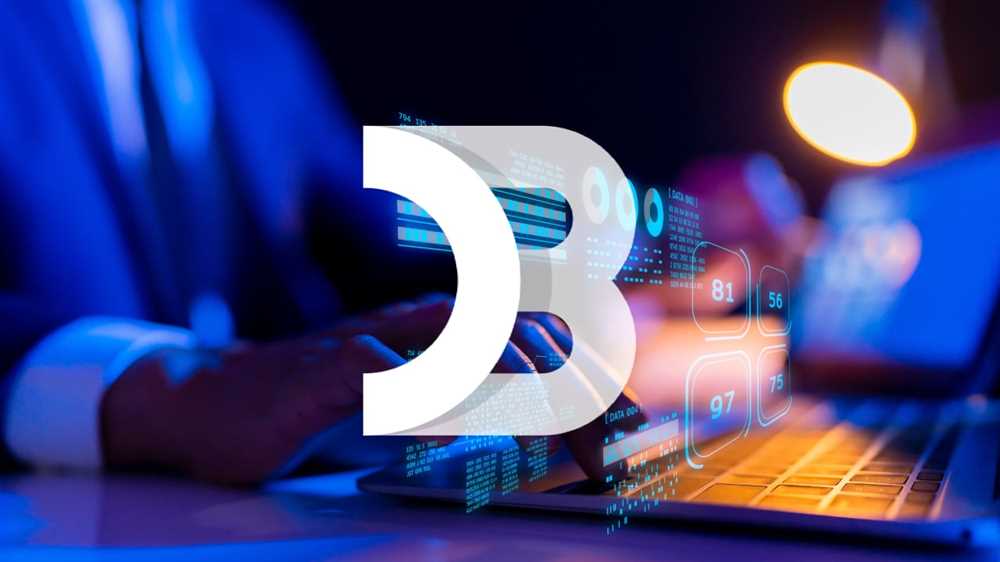
DeBank Layer2 brings a wide range of benefits to the world of cryptocurrency transactions. Here are some of the key advantages:
1. Faster Transactions: DeBank Layer2 significantly improves the speed of transactions compared to the traditional layer1 blockchain. By utilizing off-chain solutions and batching transactions, DeBank Layer2 can achieve near-instantaneous transaction speeds, enabling a seamless user experience.
2. Scalability: DeBank Layer2 addresses the scalability issues that plague many layer1 blockchains. By moving most of the transaction processing and verification off-chain, DeBank Layer2 can handle a much larger volume of transactions, ensuring the network can scale to meet the demands of a growing user base.
3. Lower Fees: With DeBank Layer2, users can enjoy significantly lower transaction fees compared to layer1 blockchains. By reducing the computational requirements and leveraging off-chain solutions, DeBank Layer2 can minimize the cost associated with executing transactions, making cryptocurrency more accessible for all.
4. Enhanced Privacy: DeBank Layer2 provides enhanced privacy features, allowing users to execute transactions without sacrificing their personal information. By leveraging cryptographic techniques and secure protocols, DeBank Layer2 ensures that financial transactions remain private and secure.
5. Interoperability: DeBank Layer2 is designed to be interoperable with other layer1 blockchains. This means that users can seamlessly transfer assets between different blockchains, enhancing the overall usability and flexibility of the DeBank Layer2 ecosystem.
In conclusion, DeBank Layer2 offers a range of benefits that make it a compelling solution for faster and more efficient transactions in the cryptocurrency space. With its improved transaction speed, scalability, lower fees, enhanced privacy, and interoperability, DeBank Layer2 has the potential to revolutionize the way we conduct digital transactions.
What is DeBank layer2?
DeBank layer2 is a technology that enables faster and more efficient transactions on the blockchain. It is a second layer protocol built on top of the existing blockchain network, which helps to overcome some of the scalability issues associated with traditional blockchains.
How does DeBank layer2 work?
DeBank layer2 works by batching multiple transactions together and submitting them to the blockchain as a single transaction. This reduces the number of interactions with the blockchain, thereby improving the speed and efficiency of the overall transaction process.
What are the benefits of using DeBank layer2?
Using DeBank layer2 can provide several benefits. Firstly, it allows for faster transaction processing times, as multiple transactions are bundled together and submitted as a single batch. Secondly, it helps to reduce transaction fees, as the cost is shared among the participants in the batch. Finally, it improves scalability by reducing the strain on the underlying blockchain network.
Can DeBank layer2 be used with any blockchain?
DeBank layer2 is designed to be compatible with a wide range of blockchains. While it may require some modifications to work with different blockchain networks, the underlying concept and principles remain the same.

